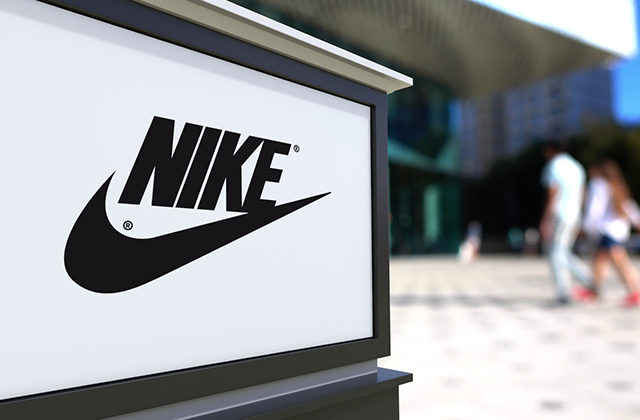2020

Digital Signage Has Transportation Industry ‘Flying High’
Vehicle signage Sydney is a good way for to get a new and effective way of self-promotion, while car owners get a possibility to earn some extra money by subleasing their car’s exterior to advertisers. Many of us have grown tired of the hackneyed phrase “taking your business to the next level”. But in the transportation industry, that phrase still has some relevance.
With digital signage, businesses that move people have found a new way to, well, move people. By combining valuable information and third-party advertising, electronic signs are transforming the way the transportation industry communicates with its passengers, while simultaneously offering an easy way to generate extra revenue.
Reaching People When No One’s Home
It’s a fact that people are spending more time out of their homes than ever before. From their morning commute to dining out for lunch and stopping for gas or groceries on the way home, most people are out and about from morning to night.
This “out of home” tendency has caused traditional advertising (television, newspapers and radio) to lose its effectiveness and market share. Technology has also had a role in diminishing traditional advertising. With PVR and Tivo, who actually watches TV ads? With wireless networks providing instant mobile access to the Internet, who reads newspapers anymore? With the explosion in MP3 players and easy-to-download music and podcasts, who needs radio?
Because audiences are tuning out ads more and more in traditional media (and now have the ability to skip through ads entirely), businesses have increasingly turned to out-of-home (OOH) advertising to try and get their message heard. A detailed study by PQ Media, a U.S. media research firm, shows the strength of OOH advertising. Since 2002, traditional advertising has barely kept pace with GDP growth, while in the same period OOH advertising has outpaced the increase in GDP, even reaching double-digit growth in 2005 and 2006.
According to PQ Media, OOH advertising consists of two main segments. Static or traditional media include billboards and posters. “Alternative” media include several sub-segments, with Video Ad Networks and Screens (VANS) being the largest category. VANS include the arrays of LCD monitors narrowcasting news clips, sports clips and entertainment interspersed with infomercials that we encounter daily in airport terminals, retail outlets, fast food chains and even on commuter trains and the gas pumps.
With spending increases like the 27% seen in 2006, it is the alternative OOH segment that is fueling the growth in overall OOH advertising. And it is alternative OOH that people are seeing more and more on their morning train, on the pump at their local gas station, in the airport and even in the cab they take to the airport.
Capturing an Audience on the Move
Travelers are a captive audience. Even at the gas pumps, you’re not going anywhere until you’ve finished pumping your gas. With digital narrowcasting, the businesses that transport people can speak directly to this audience using a versatile medium that can inform, entertain and sell.
Unlike posters and billboards, the LCD and plasma screens used in digital signage networks lend themselves well to segmentation. Consider a typical design: one segment displays a news feed; a ticker scrolls the latest headlines, sports scores or stock information; another area displays advertisements.
Now apply this design to the transportation industry and you’ll see why digital signage is really taking off.
– A commuter train can supply a news feed to its passengers and generate much-needed revenue from third-party advertisers.
– A small screen in a cab is an ideal location for advertising. A pilot project in New York City in 2007 showed that the signs can even be GPS-controlled to display ads corresponding to the part of the city the cab is driving in.
– An airport can post notices and give directions to passengers, carry a news feed, and advertise stores and restaurants in the airport.
– A gas station pump can run ads at particular times of the day that highlight specific products the station sells- the newest blend of coffee in the morning, a new energy drink in the afternoon – or promote the car wash on sunny days or a sale on wiper fluid when it snows.
By reaching an audience that traditional ads can no longer touch, businesses in the transportation sector are poised to take mobile digital signage to new heights. As the marketing industry expands the public spaces – including planes, trains and automobiles – that digital signage penetrates, and the digital advertising software that runs the signage becomes ever increasingly able to pinpoint and target audience segments by demographics that are both time and location specific, the potential for digital signage to drive additional revenue streams has even the most seasoned travelers amongst transportation executives flying high.
For more information on digital signage, narrowcasting and digital advertising software, please visit EK3 Technologies Inc. at www.EK3.com or call 1-866-353-8324 to learn more about business solutions and services that capture your audience and deliver your message.
Article Source: https://EzineArticles.com/expert/Dennis_Goodwin/205674
Article Source: http://EzineArticles.com/1208782